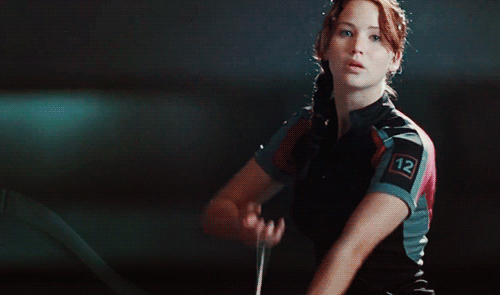Cannonball
Ex "Expert"
- Feb 25, 2009
- 4,881
- 113
RD, I wasn't trying for a "got ya" if you might have thought I was. As you might know, I teach "pull the bow back." If you will recall in some of the video I once posted of my dd, she would "pull the bow back" and "tip and rip" at the same time. The movement was short but in doing so, I do feel and she felt a sense of loading the scap. I think the difference between what you and I believe would be that sense of it being held for a split second (may shorter) before the unload. In the above video, ARod exhibits a sense of what I am talking about. I guess we might see the same thing but disagree on the description.







